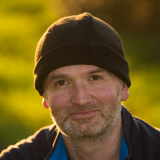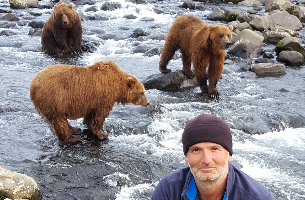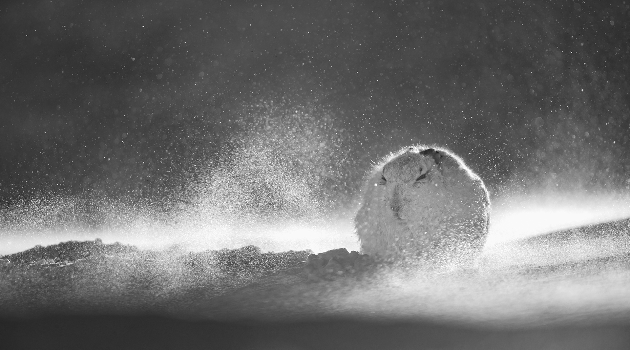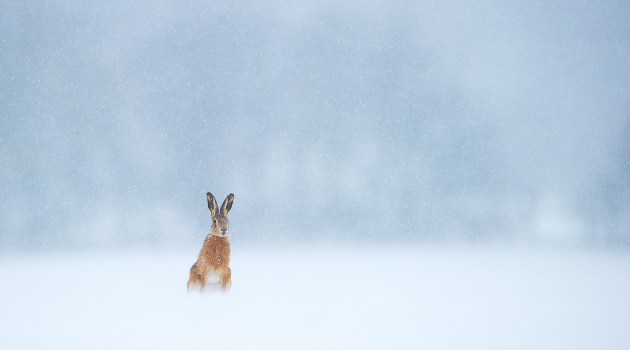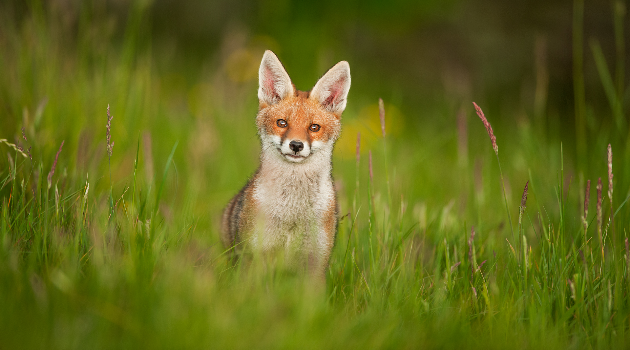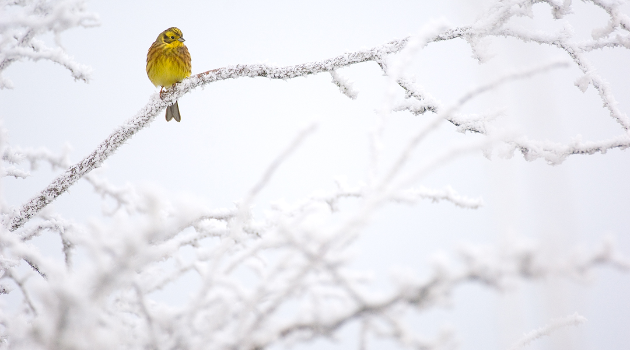At the time, I had already shot about nine photo features for BBC Wildlife Magazine and had become a regular contributor. It was 2009 and I had embarked on a trip to Great Saltee Island in southern Ireland with my uncle. We were camping on the island for 10 days, largely to photograph gannets and I took an image of one coming into land. In doing so, it started attacking another gannet, an interloper that was occupying its nest site. This was the genesis image, an image that remains a favourite to this day because I knew it was different, unique and special. It ended up in a portfolio of 12 gannet images that saw me win the overall title in the Nature Images Awards and named Nature Photojournalist of the Year 2012.
Later that same summer, my first year where I’d stopped photographing weddings to concentrate full-time on wildlife photography, I travelled to the Shetland Islands where I added countless more gannet images to my portfolio, images that I was really pleased with. I looked at my whole body of work on them and thought, this is the best work I have ever produced and so for once, I’ll bypass BBC Wildlife magazine and go straight to National Geographic magazine. Digging in to an old copy of National Geographic I found the natural History Editor Kathy Moran’s contact details, sent over some photos on a CD and within a week, she had come straight back to me. She said she loved them but the story wasn’t quite finished and asked me to complete it. I spent the next two summers in the Shetlands living in a tent on the northern most tip of the islands! That took two summers to complete and it was published in August 2012.


